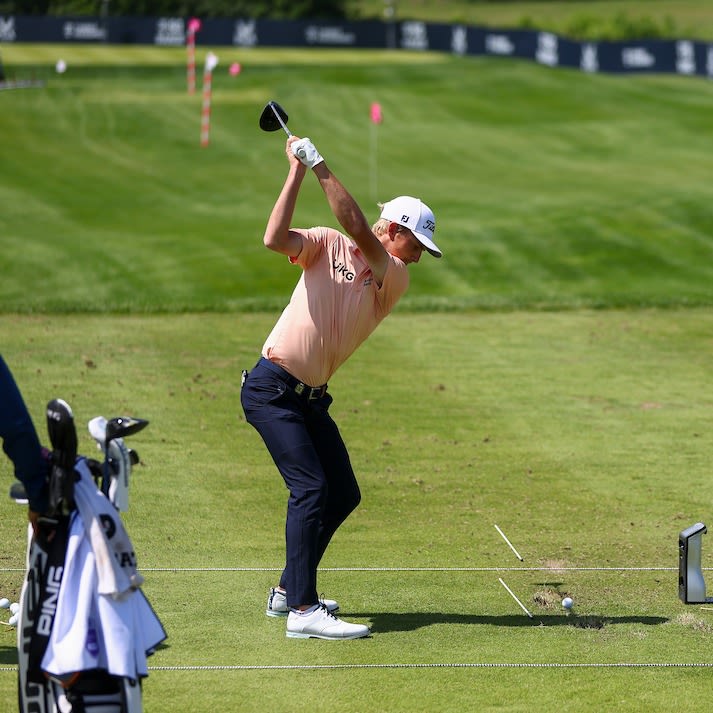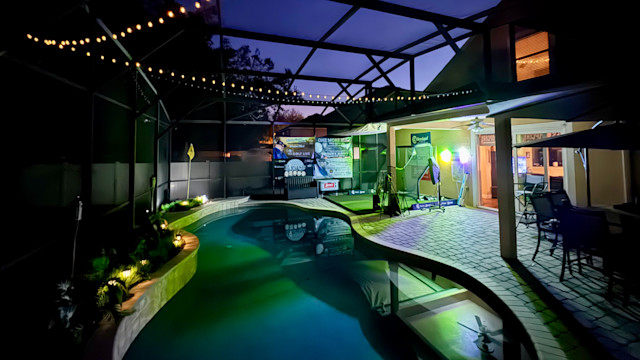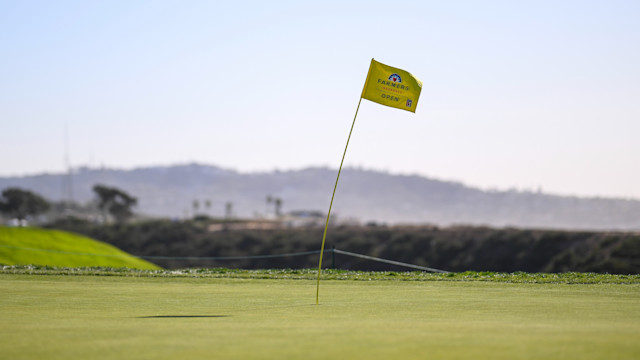quick coaching
Boost Your Drive: Tips for Increasing Speed & Consistency Off the Tee
By Brendon Elliott, PGA
Published on

This past weekend, Rory McIlroy put on a masterclass in driving prowess, showcasing tremendous distances and impressive accuracy off the tee. His ability to consistently hit the driver long while maintaining a high percentage of fairways only reinforces why he is considered one of golf's foremost drivers.
Watching McIlroy's performance raises an important question for the average golfer: Should you focus on gaining speed or improving consistency with your driver?
The answer to this question often lies in your current skill level, playing style and goals. Golfers with higher handicaps (20+) often struggle with consistency, whereas those with lower handicaps might gain more from added speed. If your clubhead speed is above average (around 90-100 mph for men and 70-80 mph for women), focusing on consistency might offer more immediate benefits. If it's on the lower side, developing more speed could help increase distance off the tee.
Lastly, if you frequently find yourself in the rough or out of bounds, consistency is key. For those generally hitting fairways but lacking distance, speed could enhance your game. Below, we'll touch on both consistency and speed, as well as some drills you can do to help gain more of each.
Focusing on Consistency
For most average golfers, improving consistency can immediately impact their scores. Consistency leads to predictable outcomes, making the game more enjoyable and scores more reliable. Start here with these 3 keys:
- Grip: Make sure that your grip is neither too tight nor too loose. Consistent grip pressure can help maintain control throughout your swing.
- Setup & Alignment: Proper alignment is crucial. Use alignment sticks or visual markers to ensure your feet, hips, and shoulders are in line with your target.

- Rhythmic Swing: Focus on a smooth, balanced swing rather than brute force. A balanced finish often indicates a controlled swing, leading to better accuracy.
Consistency Fix: The Alignment Drill
1. Place an alignment stick or club parallel to your target line.
2. Position another stick perpendicular to it, forming a 'T' with your intended ball position.
3. Practice swinging while maintaining the alignment of your feet and shoulders, ensuring the clubface meets the ball squarely.
4. Gradually increase swing speed while maintaining alignment and balance.
Focusing on Speed
Working on speed is essential if you're already fairly accurate but seek greater distances. Increasing clubhead speed can significantly improve your ability to reach greens in regulation on longer holes. Incorporate these keys:

- Proper Equipment: Make sure you have a driver that suits your swing speed and style. A fitting session can optimize your equipment for distance.
- Swing Technique: Focus on creating lag in your downswing and releasing it effectively. A full shoulder turn can also add power to your swing.
Speed Fix: The Speed Ladder Drill
1. Set up five golf balls in a line, each a club length apart.
2. Start with a slow and controlled swing, focusing on making solid contact with the first ball.
3. Gradually increase your swing speed with each subsequent ball, aiming for maximum speed with the last ball.
4. Focus on maintaining your form and balance, even as the speed increases.
Ultimately, the choice between gaining speed and enhancing consistency depends on your current playing characteristics and personal goals. By assessing your strengths and weaknesses, you can tailor your practice to achieve the best results. Whichever path you choose, regular practice and employing specialized drills will undoubtedly improve your game over time!
PGA of America Golf Professional Brendon Elliott is an award-winning coach and golf writer. You can check out his three weekly columns on RG.org, and to learn more about Brendon, visit OneMoreRollGolf.com.


